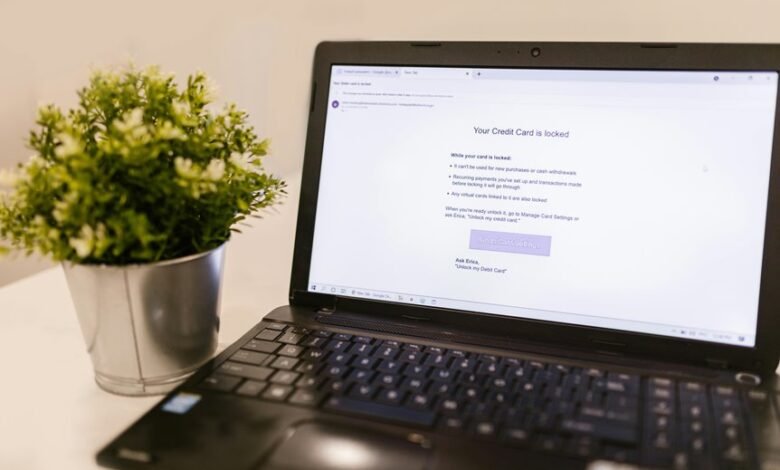Suspicious Identity Safety Tracing Contact Alert Desk 3481749047 3282061628 3345742844 3335633656 3331290904 3509334180

The recent identification of contact numbers 3481749047, 3282061628, 3345742844, 3335633656, 3331290904, and 3509334180 as suspicious raises significant concerns regarding identity safety. These numbers have been associated with potential scams, prompting a need for heightened vigilance. Individuals receiving communications from these sources must exercise caution and verify the identity of the sender. Understanding the implications of such alerts is crucial for personal security. What measures can be taken to safeguard against these threats?
Understanding Suspicious Contact Numbers
How can individuals effectively discern suspicious contact numbers in an age of pervasive communication?
Analyzing suspicious patterns within contact numbers is essential for effective contact verification. Individuals should utilize online resources, check for reported scams, and examine the numerical structure of unfamiliar contacts.
Steps to Enhance Your Identity Security
Recognizing suspicious contact numbers is only one aspect of a broader strategy for maintaining identity security.
Implementing effective identity protection strategies involves employing secure communication practices, such as utilizing encrypted messaging apps, regularly updating passwords, and enabling two-factor authentication.
Additionally, monitoring account activity and educating oneself on phishing techniques can significantly enhance personal security, ultimately fostering greater autonomy in managing one’s identity.
How to Respond to Suspicious Communications
When confronted with suspicious communications, individuals must approach the situation with a methodical mindset to mitigate potential risks.
Identifying suspicious signs, such as unsolicited requests for personal information, is crucial. Effective communication tips include verifying the sender’s identity, refraining from sharing sensitive data, and documenting interactions for future reference.
This analytical approach enhances personal security and promotes informed decision-making in the face of potential threats.
Resources for Reporting Identity Theft
Although the experience of identity theft can be overwhelming, understanding the available resources for reporting such incidents is essential for effective resolution.
Individuals should promptly contact relevant reporting agencies, such as the Federal Trade Commission (FTC) and credit bureaus, to initiate identity theft prevention measures.
These agencies provide guidance and support, enabling victims to mitigate damages and restore their identity efficiently.
Conclusion
In an increasingly digital world, the presence of suspicious contact numbers serves as a stark reminder of the vulnerabilities inherent in modern communication. As individuals navigate this landscape, the question remains: how prepared are we to safeguard our identities? By implementing proactive security measures and remaining vigilant against potential scams, one can significantly reduce the risk of identity theft. Ultimately, awareness and education stand as the first line of defense against the ever-evolving tactics of fraudsters.



